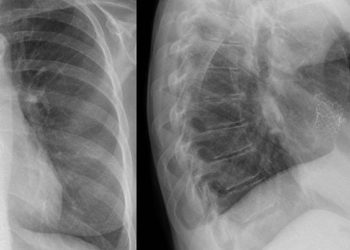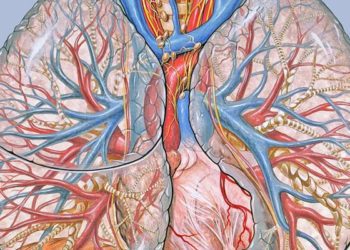Multifaceted programs to improve handover at discharge from hospital significantly improves hospital use and continuity of care [Ann Intern Med.]
Image :CC
Key findings:
- Multifaceted programs targeting hospital to primary care handover have been shown to significantly improve outcomes in randomized controlled trials
- The success of these programs, however, may rely on provider dependent characteristics, and questions remain regarding the reproducibility of their results in different jurisdictions
Primer: The process of discharging patients from hospital to home represents a major transition where many complications may arise. After being discharged, patients may end up “bouncing back” (i.e., being rehospitalized) or may suffer adverse medical events, including death. Several studies have demonstrated that improving communication between hospital and primary care providers can help to improve the quality of patient care and encourage better continuity of care after discharge. Given the trend towards shorter hospitalizations and increasing care delivery in the community, improving the handover process from hospital to primary care providers is becoming more crucial. While several reviews have been conducted in this area, they are very limited in scope. No effort has yet comprehensively examined the evidence regarding interventions to improve this handover process.
For further reading regarding adverse events after discharge and interventions to improve the discharge process, please see the following studies:
-
Forster AJ, Clark HD, Menard A, et al. Adverse events among medical patients after discharge from hospital. CMAJ 2004;170:345-349.
-
Kripalani S, LeFevre F, Phillips CO, et al. Deficits in communication and information transfer between hospital-based and primary care physicians: Implications for patient safety and continuity of care. JAMA 2007;297:831-841.
This [systematic review] study: Published recently in the Annals of Internal Medicine, a systematic review sought to identify interventions to improve patient handover between hospitals and primary care providers that were tested in randomized controlled trials. The search returned 1,162 citations, and 36 studies were included for the final analysis. The methodological quality of the studies was relatively high. Almost all studies explored multipronged interventions aimed at improving information sharing and communication between providers (e.g., medication reconciliation, structured electronic discharge summaries), as well as coordination of care (e.g., post-discharge check for follow-up needs). The majority of the studies demonstrated significant improvements in outcomes, which include measures of hospital use, continuity of care, patient status.
In sum: Most interventions to improve patient handover from hospital to primary care providers involved multifaceted approaches that significantly improved 1 or more outcomes. The interventions were found to be largely effective at reducing measures of hospital use (e.g., rehospitalizations, emergency visits) and improving continuity of care/patient status.
This study was the first systematic review to evaluate interventions to improve handover at discharge. A major limitation of the study, however, is that many of the interventions studied were multifaceted programs that were often very provider dependent. Thus, it would be difficult to ascertain if these programs would produce replicable effects in other jurisdictions.
Nevertheless, it suggests that there are means for improving the quality and safety of care when transitioning from hospital to home, and this area warrants further investigation. Given that contextual factors may have large impacts on the success of these programs, health administrators and policymakers may need to rely more strongly on local evidence to guide their decision-making.
Click to read in the Annals of Internal Medicine
By AC
© 2012 2minutemedicine.com. All rights reserved. No works may be reproduced without written consent from 2minutemedicine.com. DISCALIMER: Posts are not medical advice and are not intended as such. Please see a healthcare professional if you seek medical advice.



![2 Minute Medicine: Pharma Roundup: Price Hikes, Breakthrough Approvals, Legal Showdowns, Biotech Expansion, and Europe’s Pricing Debate [May 12nd, 2025]](https://www.2minutemedicine.com/wp-content/uploads/2025/05/ChatGPT-Image-May-12-2025-at-10_22_23-AM-350x250.png)
